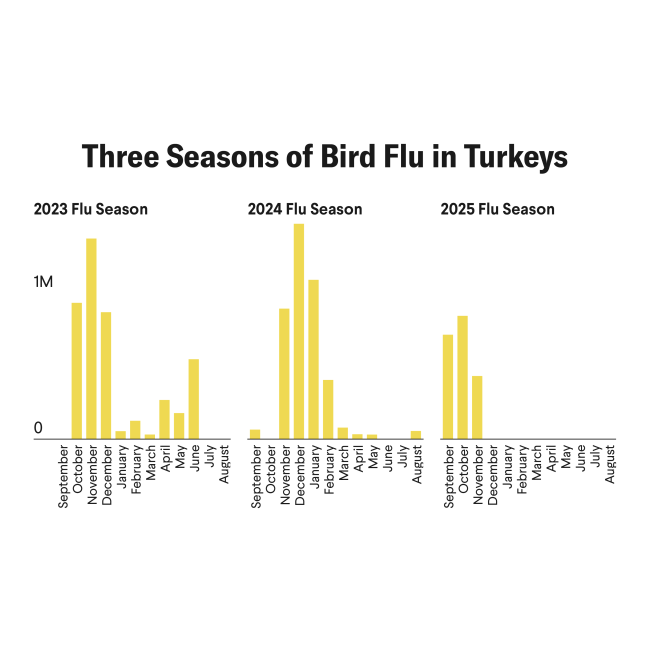Since 1990, obesity rates have doubled among adults and quadrupled among children and adolescents worldwide, increasing communities' risk of heart disease, certain cancers, and other deadly illnesses.
Modern lifestyles have contributed to the trend, including greater use of public transportation over walking or cycling, long hours in sedentary work settings, and foods that may be unhealthy or overprocessed. Higher incomes and greater purchasing power add to these behaviors, motivating individuals to buy fast food rather than cook nutrition-rich meals.
As a result, countries are facing a nutritional transition, the shift from healthy diets with fresh products to less healthy diets dominated by ultra-processed foods and a decline in physical activity. These drivers of obesity disproportionately affect low-income groups across the globe, particularly in regions where fresh food is scarce.
Worldwide, the Caribbean and Pacific Islands stand out for their steady increase in obesity cases. In Tonga, the average prevalence of obesity increased from 49% to 72% between 1990 and 2022; in the Bahamas, these figures were 20% and 48%, respectively.
Obesity on the Rise
Global obesity prevalence has doubled over the past 40 years, with much higher rates in Caribbean countries
Despite being predominantly small island nations, some of them high-income, these countries face unique challenges. Small island nations have limited natural resources for agriculture, leading their populations to rely on imported ultra-processed and energy-dense products.
Tackling the obesity crisis requires comprehensive, transdisciplinary approaches to address not deficiencies in single nutrients, such as iron or vitamin D, but instead the complex interplay of factors involved, which range from political and economic determinants to cultural and behavioral ones.
Notoriously, the funding for obesity prevention is minimal. A recent analysis from Australian researchers shows that the funding allocated to obesity prevention is just 0.1% of the country's federal health budget. Unlike conditions such as diabetes and hypertension, which have effective pharmacological treatments, addressing the obesity crisis requires coordinated efforts across multiple sectors of society to implement effective population-wide interventions.
Beyond quantifying those trends, findings published this year in The Lancet offer valuable insights for global policymakers and stakeholders to inform strategic planning. Using that recently published data, we, the authors, offer recommendations, categorized into five areas, to combat obesity and malnutrition effectively.
1. Disease monitoring and surveillance. Addressing gaps in data collection systems is vital to curbing the rise of obesity. In addition to global initiatives, countries should establish and maintain regular monitoring systems to track changes in obesity prevalence and related factors domestically. Those systems should include national health surveys, supplemented by other data sources such as electronic health records and national nutrition programs for children, where available.
Without robust data, policymaking efforts will not have a solid foundation
Local analysts, however, should account for the limitations of those data resources. For instance, electronic health records could overrepresent individuals with access to health care; similarly, registries and surveillance data from national nutrition programs could represent only low-income populations. Countries should collaborate with global and regional organizations to conduct periodic health surveys, providing a more accurate depiction of the overall health status of their populations.
Without robust data, policymaking efforts will not have a solid foundation. Furthermore, global data can catalyze local analysts to disaggregate in-country trends, shedding light on urban-rural disparities, regional variations, and other pertinent social determinants of health, including for vulnerable groups such as the uninsured, low-income groups, and global Indigenous populations.
2. Informing health policies. Use available data to prioritize countries experiencing the greatest burdens of obesity. By comparing the earliest and latest estimates, analysts can pinpoint countries where obesity rates have surged rapidly or remained consistently high, such as those in the Caribbean.
A similar approach can be applied within countries to identify regions undergoing rapid or substantial changes in obesity prevalence. This targeted approach allows for more efficient allocation of resources to reduce obesity rates. Drivers of obesity are well documented in biomedical literature, but their distribution and relative impact could vary between countries. This analysis can help identify region-specific strategies that offer the most effective and efficient outcomes.
Small Island Nations Top Obesity Prevalence List
With a greater reliance on imported products, men and women on islands experienced higher rates of obesity in 2022
3. Policy evaluation. Use the latest global estimates to establish benchmarks for evaluating policies and interventions over time. For instance, countries should aim for a percentage reduction in obesity prevalence relative to current trends over the next five to 10 years.
Those estimates provide a robust foundation for assessing the problem over decades, enabling realistic goals for future evaluations based on current trends and available resources. Goal-setting should be accompanied by a comprehensive plan for monitoring progress. Goals that are not regularly monitored often fail because their importance among stakeholders diminishes over time.
Additionally, changes in the environment and context, such as a pandemic, could make adjustments to these strategies necessary. A long-term focus on research, policy, and evaluation is therefore essential. On the behavioral research front, a critical transition is under way from individual-focused approaches such as a personalized diet to broader societal interventions such as taxing unhealthy foods, as reflected on in the field of public health.
4. Targeting young populations. Prioritize efforts to reduce obesity in children and adolescents. Individuals who experience obesity during their youth are at a heightened risk of carrying this condition into adulthood, increasing their susceptibility to early onset cardiometabolic diseases and associated complications. Childhood, particularly adolescence, is a crucial period for establishing lifelong healthy habits, including dietary and physical activity behaviors.
Childhood, particularly adolescence, is a crucial period for establishing lifelong healthy habits, including dietary and physical activity behaviors
Policies aimed at discouraging the purchase and consumption of unhealthy products should extend to foods explicitly marketed to children. Implementing measures such as taxes and warning labels on unhealthy products has shown promise in several countries. Those policies primarily target ultra-processed foods, but extending regulations to include commercial milk formula is a logical next step in addressing childhood obesity.
5. Health communications. Develop communication strategies using data from global trends to raise awareness across societal groups, including the private sector and youth organizations, about obesity. The consequences of the obesity crisis are felt not only by individuals and their households, but also by their communities, workplaces, and the larger economy. Fostering knowledge exchange is essential to addressing the obesity crisis effectively.
Policymakers and stakeholders should document the barriers and facilitators encountered in designing and implementing interventions and policies. Successful strategies from one country can be a model for another. The Caribbean, for example, is a cohesive and collaborative region, and could leverage regional organizations such as the Caribbean Public Health Agency and the Caribbean Community.
Global estimates are crucial in shaping policies that comprehensively address nutrition. Historically, clinical medicine and public health initiatives have tended to focus on either obesity or underweight rather than address both simultaneously. However, many countries are home to populations affected by both conditions. Failure to address both ends of the spectrum will result in progress on one front and neglect the other, ultimately hindering overall efforts to combat malnutrition.
Publications such as The Lancet's report on the double burden of malnutrition offer crucial milestones for addressing undernutrition and obesity by examining the full spectrum of nutritional challenges. Such global assessments should guide more precise decision-making and highlight the urgency of prioritizing interventions to reverse current worrying trends. Nutrition is a crucial societal concern that necessitates transformative changes in food systems and policy approaches.













